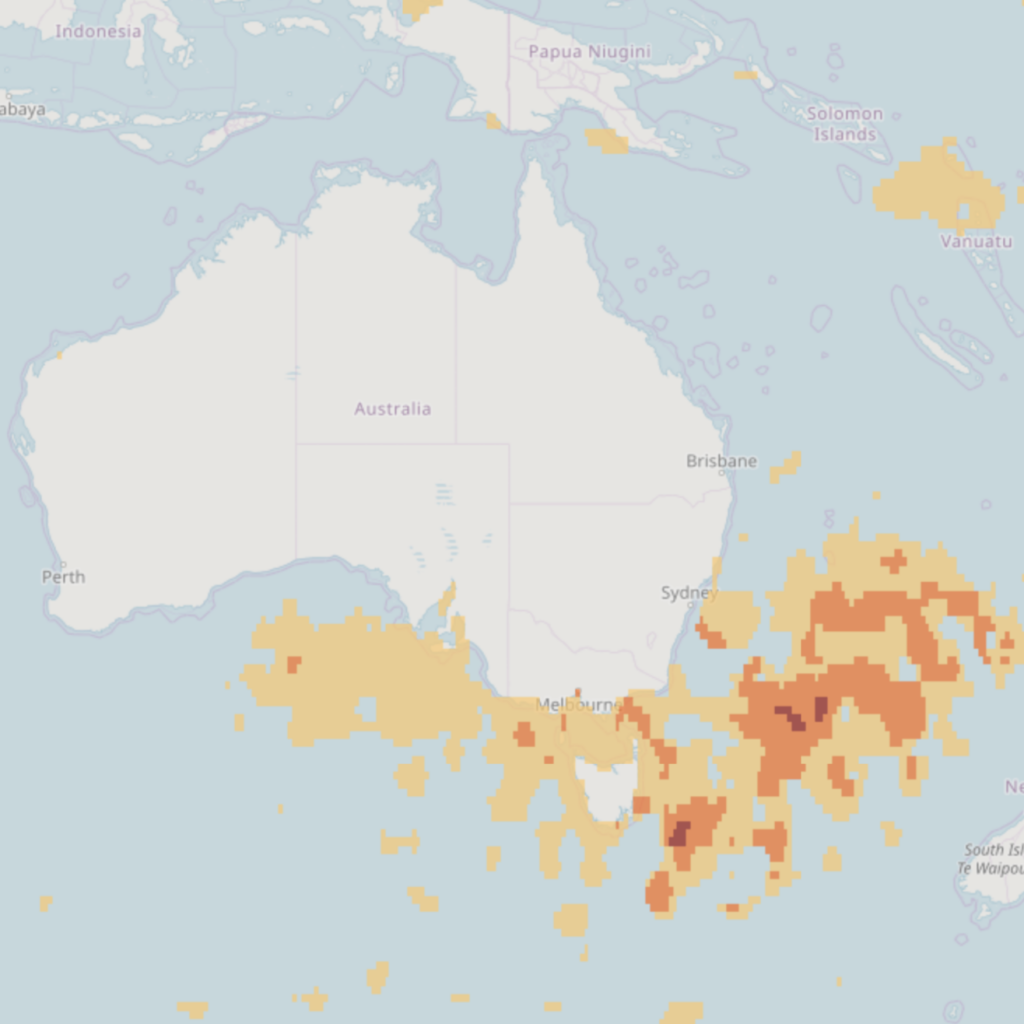At the start of 2011 an unprecedented heatwave off the coast of western Australia warmed waters 2-4oC above normal for almost three months. This marine heatwave (MHW) led to mass mortalities of the foundational kelp forests and associated ecosystems for hundreds of kilometres along the coast, with little recovery to date. This event was named the Ningaloo Nino.
In late 2013 a marine heatwave in the northwest Pacific, that became known as The Blob, persisted for almost two years. The event had impacts across ecosystems including whale mortalities, starving sea birds and a record-breaking algal bloom.
Marine heatwaves are ubiquitous in our oceans and becoming more prevalent as the oceans warm, however they are much more poorly understood and monitored than their terrestrial counterparts. Part of this lack of understanding comes from the lack of standard way to identify and characterise and compare these events.
In this paper we propose a standard categorisation and naming framework that works in a similar way to schemes used for tropical cyclones or earthquakes. This is also an important tool for public communication and awareness, providing an easy and consistent way to describe events as they develop.
The categorisation scheme takes into account local conditions. This means in areas subject to large natural temperature swings conditions need to be warmer before events are classed as marine heatwaves, compared to regions where such variability is low.

Follow this link to find the international marine heatwave tracker.
- Paper: Hobday, A. J., E. C. J. Oliver, A. S. Gupta, J. A. Benthuysen, M. T. Burrows, M. G. Donat, N. J. Holbrook, P. J. Moore, M. S. Thomsen, T. Wernberg and D. A. Smale (2018). Categorizing and Naming Marine Heatwaves. Oceanography 31(2): https://doi.org/10.5670/oceanog.2018.5205.
